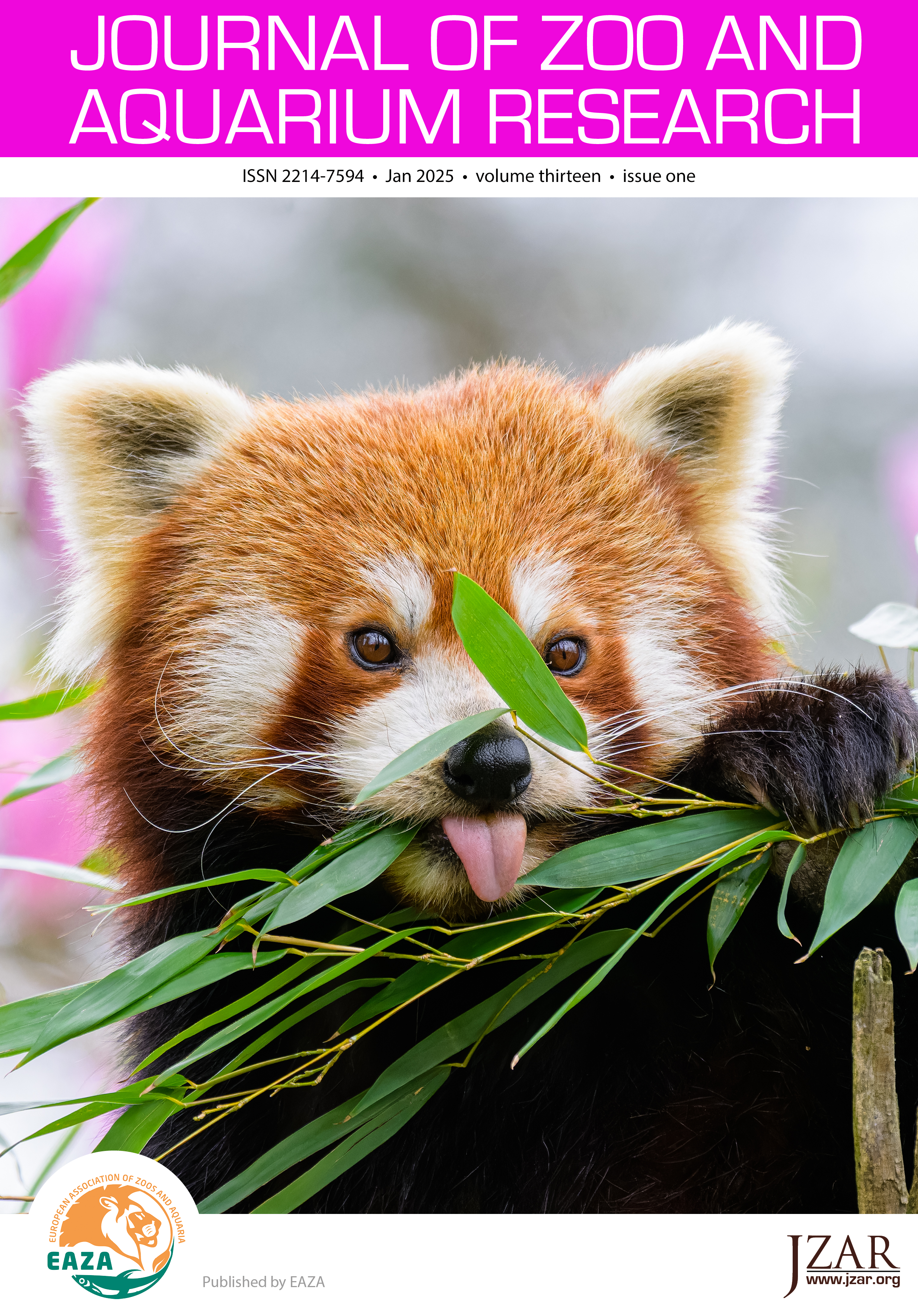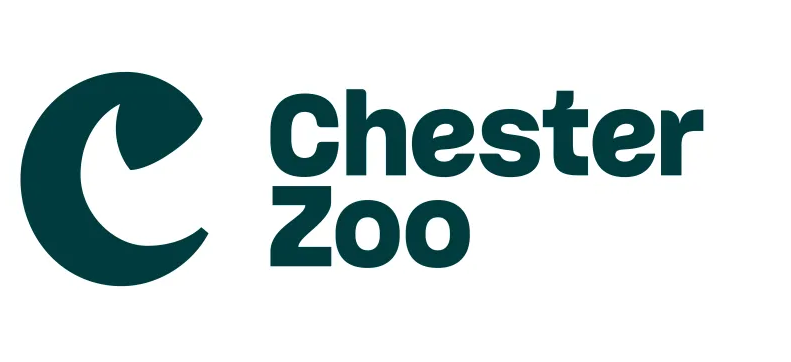No effect of probiotics from the Lactobacillus and Bifidobacterium genera in the control of bacterial plaque in crab-eating fox Cerdocyon thous kept in human care
DOI:
https://doi.org/10.19227/jzar.v13i1.815Keywords:
dentistry, probiotic, vulpid, wild canidsAbstract
This study evaluated the effects of synergistic probiotic therapy on the formation of dental bacterial plaque in crab-eating foxes Cerdocyon thous in human care. Six crab-eating foxes with periodontal disease grades I and II were randomly divided into two groups of three animals. A total of 66 teeth were assessed per group. Group 1 received probiotics in powder form sprayed onto food once a day for 60 days. Group 2 received no probiotics but similar feeding as Group 1 subjects. The probiotic contained 1 billion organisms of Lactobacillus reuteri, Lactobacillus salivarius, Lactobacillus brevis and Bifidobacterium bifidum. Maxillary teeth were stained with 2% eosin and photographed before treatment and 60 days after cleaning. The images of maxillary and mandibular teeth were inspected using Photoshop software to obtain each tooth’s total two-dimensional area and the bacterial plaque or dental calculus area. There was no significant difference in the global percentage of bacterial plaque and dental calculus between groups before and after treatment. The synergistic use of probiotics from the Lactobacillus and Bifidobacterium genera did not result in a statistically significant difference between groups. There were signs of probiotic adherence to some teeth.
Downloads
Published
Issue
Section
License
JZAR fulfils the DOAJ definition of open access and provides free and open access to the full text of all content without delay under a Creative Commons licence. The copyright holder of JZAR publications grants usage rights to third parties, allowing for immediate free access to the work and permitting any user to read, download, copy, distribute, print, search, or link to the full texts of articles.










